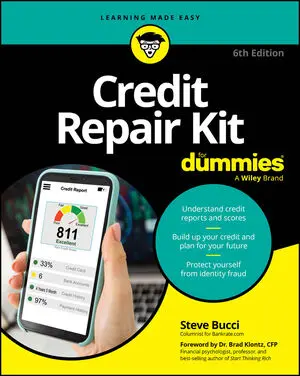Owning a home and paying your mortgage can help build your credit in a few different ways. Credit grantors look at your credit report and credit score in order to rate your lendability, but they ultimately rely on you to be responsible for making the payments. Here’s where the three Cs of credit really show up: Character, collateral, and capacity are what credit scoring and lending are all about.
A mortgage on your report tells the reader and the scorer that you have all three of the Cs and that at least one lender was so sure about you that it was willing to lend you a huge amount of money. The report indicates a large installment loan with fixed payments for a long period. All these factors favorably affect your credit score.
The opposite is also true: Because of the huge amount of money involved and the seriousness of a long-term commitment, a mortgage default counts for a large negative on your credit history. A foreclosure is an even bigger negative.
A mortgage is secured by the house, so if you default, the lender forecloses and takes the house back to pay off the loan. A foreclosure ends up costing the lender an average of tens of thousands of dollars when all is said and done. But don’t feel too bad for the lender: You’re held responsible in one way or another for any loss on the loan.
Home-equity lines of credit and home-equity loans are a popular subset of traditional mortgages. They’re good ways to access money at a low interest rate. They also represent new and additional borrowing on your credit report. For example, you can take out a big mortgage and have only one lender report one loan to the bureaus.
If you use a home-equity loan or line of credit in addition to your mortgage, you use the same collateral (your home) and borrow the same amount as you would with a bigger mortgage, but you do so with more than one loan. Thus, more than one item gets reported to the credit bureau each month, building more positive information in the same period.
This scenario has a hitch: As you stack more debt on your home or your home decreases in value, you may reach the point where you are upside-down — that is, you owe more on your home than it’s worth. Homes can be so far upside-down that their owners think they’ll never get their money back and question whether continuing to pay good money into a bad investment makes sense.
You may think that because you have a 30-year mortgage, you can just wait until prices rise to clear up your debt-to-value problem. But what if your boss offers you the general manager’s job in a city too far away to commute to? Or what if the company lays you off and you either have to move to find work or downsize to reduce your mortgage commitment.
Or what if your adjustable rate mortgage resets and you can’t afford the payment anymore? You’d then be in the position of needing to sell the house, but not at a price that would satisfy the loans attached to your home. If you don’t have the money to make up the difference, you could face a potential foreclosure or lost opportunity.






